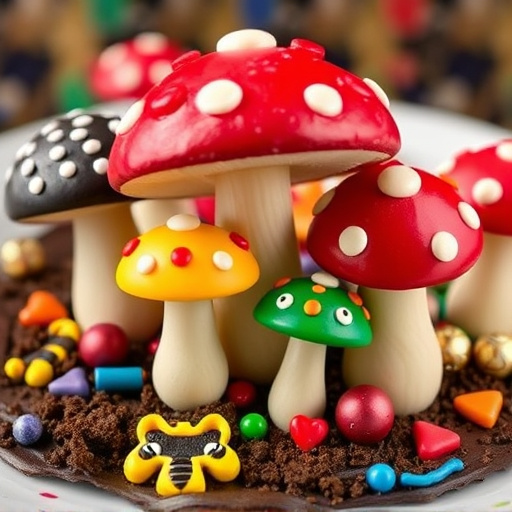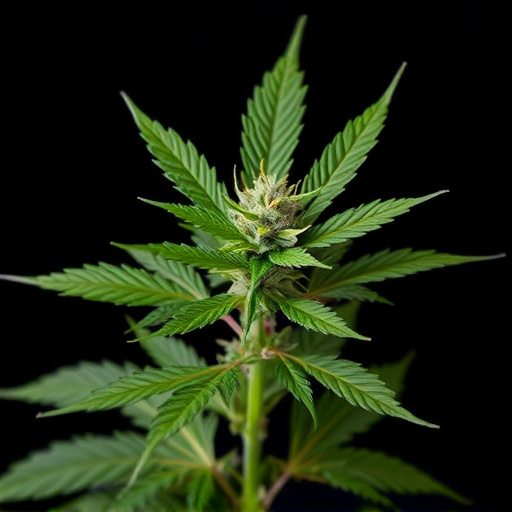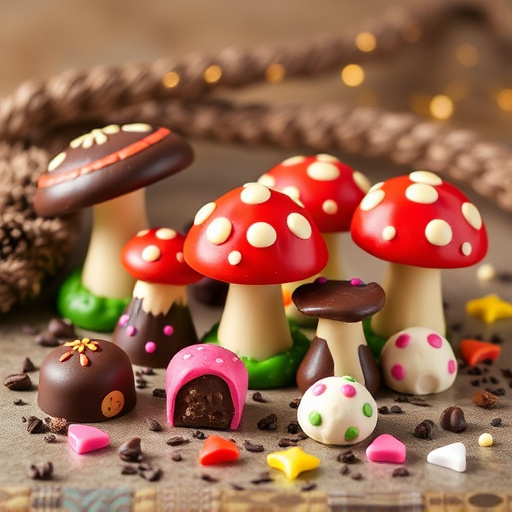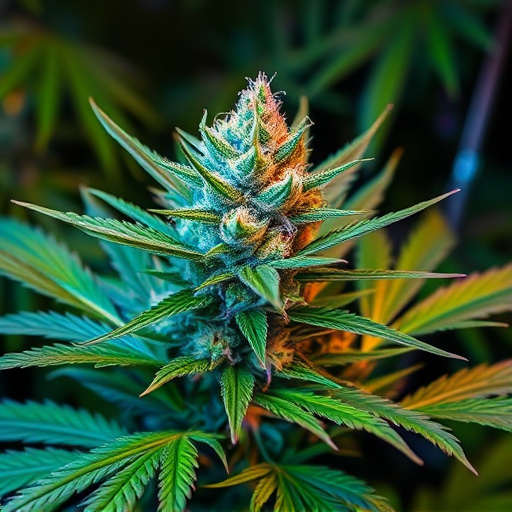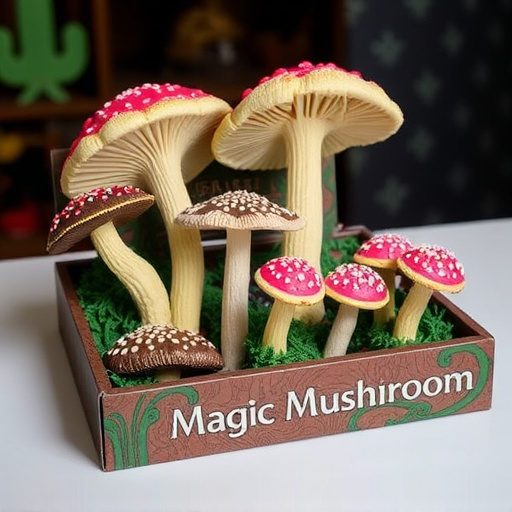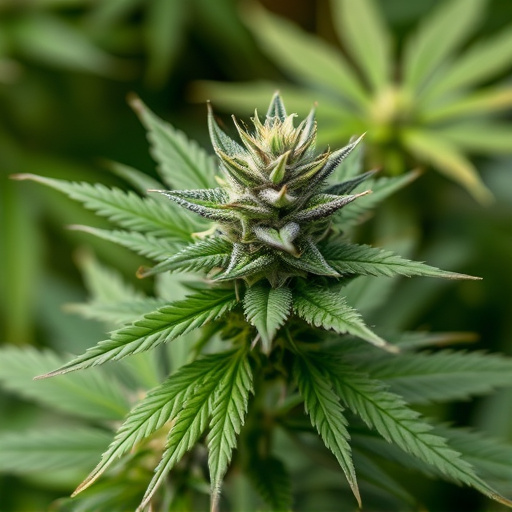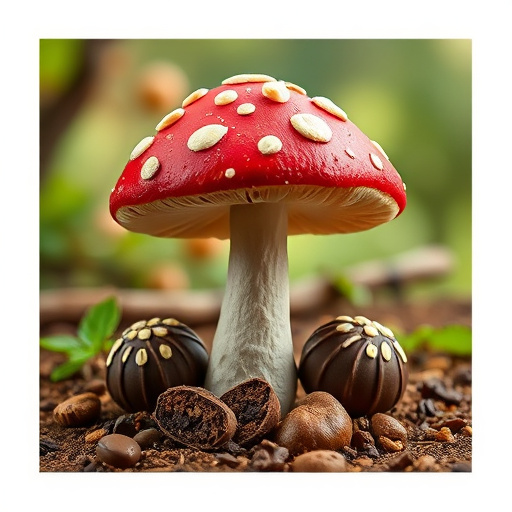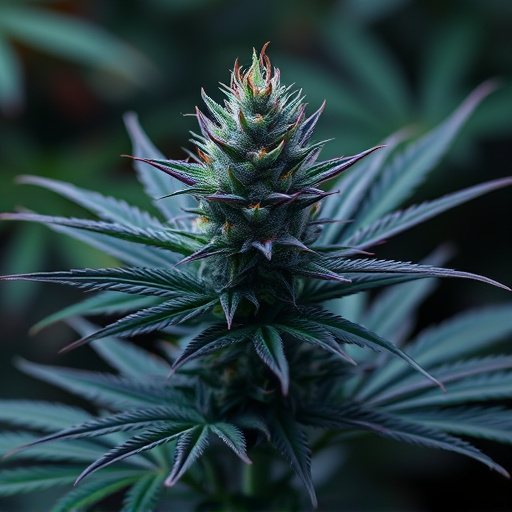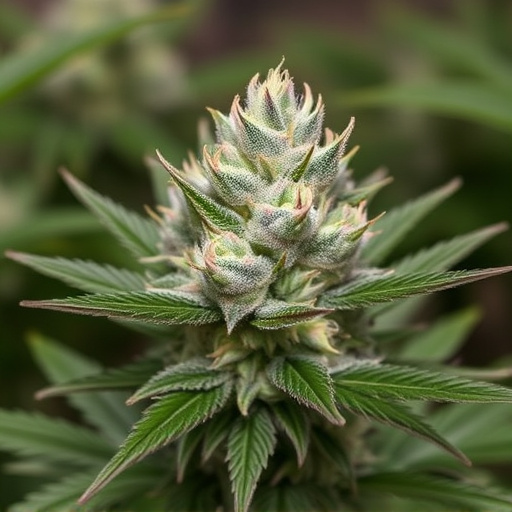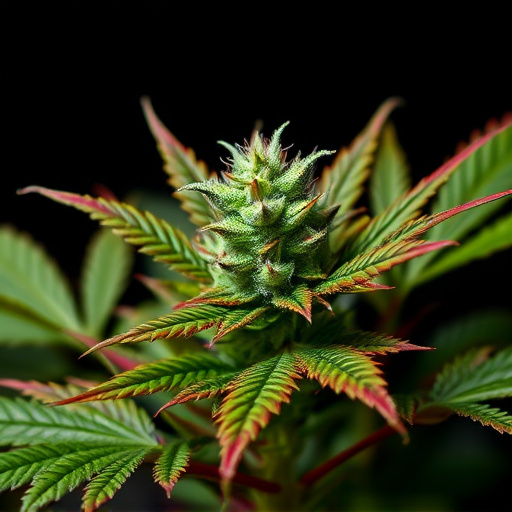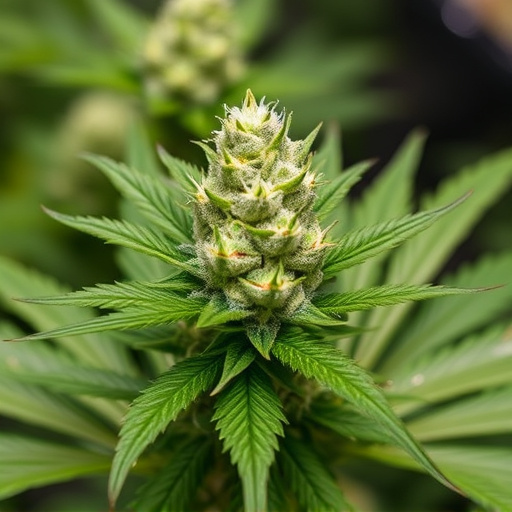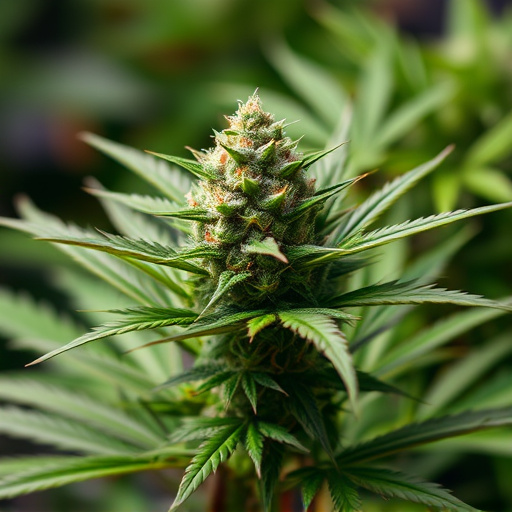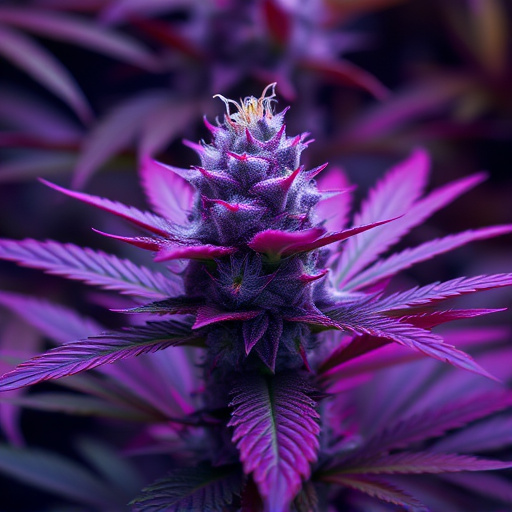The chemistry behind cannabis colors reveals a connection to potency, where pigments like flavonoids and carotenoids influence cannabinoid content. Darker hues often correlate with higher THC levels, while brighter colors may indicate a more balanced profile. This visual cue aids in understanding the effects of different strains, notably the most potent ones like Blue Dream and Granddaddy Purple. Scientific research promotes a data-driven approach, encouraging measurement of key cannabinoids (like THC and CBD) to accurately determine potency, rather than relying solely on visual assessment.
Does the color of cannabis influence its potency? This intriguing question delves into the often overlooked scientific aspect of cannabis. In this article, we explore the science behind color and its potential impact on THC levels, providing insights that challenge conventional perceptions. We uncover the secrets of the most potent strains, adopting a color-blind approach to identify top performers. By combining research with practical knowledge, we aim to guide cannabis enthusiasts in their pursuit of the highest quality, regardless of hue.
- The Science Behind Color and Cannabis Potency
- Exploring the Impact of Pigments on THC Levels
- Uncovering the Most Potent Strains: A Color-Blind Approach
The Science Behind Color and Cannabis Potency
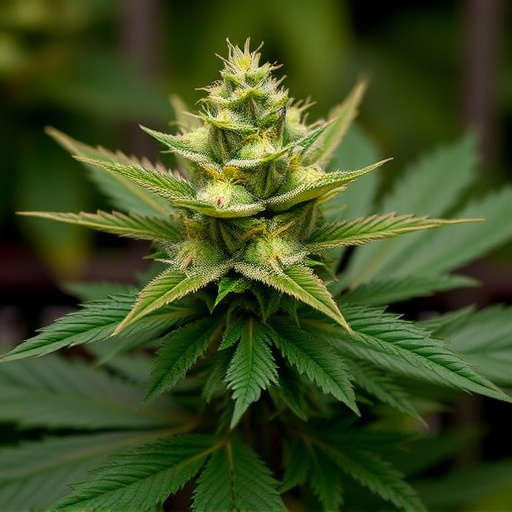
The connection between color and cannabis potency has intrigued researchers and enthusiasts alike. While it might seem like a superficial association, the science behind it reveals a deeper understanding of this complex plant. Cannabis plants produce various pigments, including flavonoids and carotenoids, which not only contribute to their vibrant colors but also play a role in determining their chemical composition.
Studies have shown that certain colors can indicate the presence of specific cannabinoids and terpenes, two key compounds responsible for cannabis’ unique effects and potency. For instance, darker hues often suggest higher levels of THC, the primary psychoactive compound known for its potent effects. Conversely, brighter colors might be linked to a more balanced profile, offering both uplifting and relaxing properties. Identifying these visual cues can provide valuable insights into the potential potency and desired effects of different cannabis strains, especially among the most potent varieties like Blue Dream, Granddaddy Purple, and Strawberry Cough.
Exploring the Impact of Pigments on THC Levels
While often associated with visual appeal, pigments in cannabis also hold significance regarding its potency. Researchers have explored how different colors can indicate varying levels of THC, the primary psychoactive compound. It has been observed that certain strains boast more vibrant hues due to higher concentrations of cannabinoids, including THC. This connection between pigment and potency suggests that cultivators can use color as a visual cue during the growing process.
By studying the pigments present in various cannabis strains, scientists aim to uncover correlations that could lead to identifying the most potent strains. This approach could revolutionize cultivation techniques, enabling growers to selectively breed plants with enhanced THC levels based on their distinct colors. Such insights would not only benefit recreational users seeking stronger experiences but also medical patients relying on cannabis for relief.
Uncovering the Most Potent Strains: A Color-Blind Approach
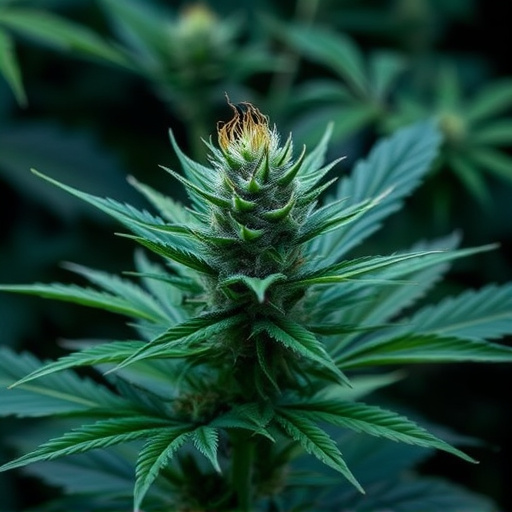
Unveiling the true potency of cannabis involves more than just visual inspection. While many growers and consumers associate certain colors with specific effects or qualities, scientific evidence suggests that a color-blind approach may be more effective in determining the most potent strains. The idea of judging cannabis strength based on its appearance is deeply rooted in tradition, often leading to assumptions about a plant’s power simply from its hue. However, this can lead to misconceptions and variations in perceived potency.
To uncover the truly potent strains, a more rigorous method is necessary. Instead of relying on color as a primary indicator, researchers and experts focus on measuring key cannabinoids such as THC (tetrahydrocannabinol) and CBD (cannabidiol) levels. These compounds are responsible for the plant’s psychoactive and therapeutic effects, respectively. By analyzing the chemical composition of different strains, we gain a clearer understanding of their potential impact on users. This data-driven approach enables consumers to make informed decisions, ensuring they obtain cannabis with the desired potency for their specific needs or preferences.
While color has long been associated with cannabis potency, scientific research suggests that it’s not as straightforward as it seems. The impact of pigments on THC levels is complex and varies among strains. To uncover the truly most potent strains of cannabis, a comprehensive analysis beyond visual cues is necessary. By delving into the intricate relationship between pigments, chemical composition, and effects, we can move towards making more informed choices about our consumption, maximizing both potency and pleasure.
